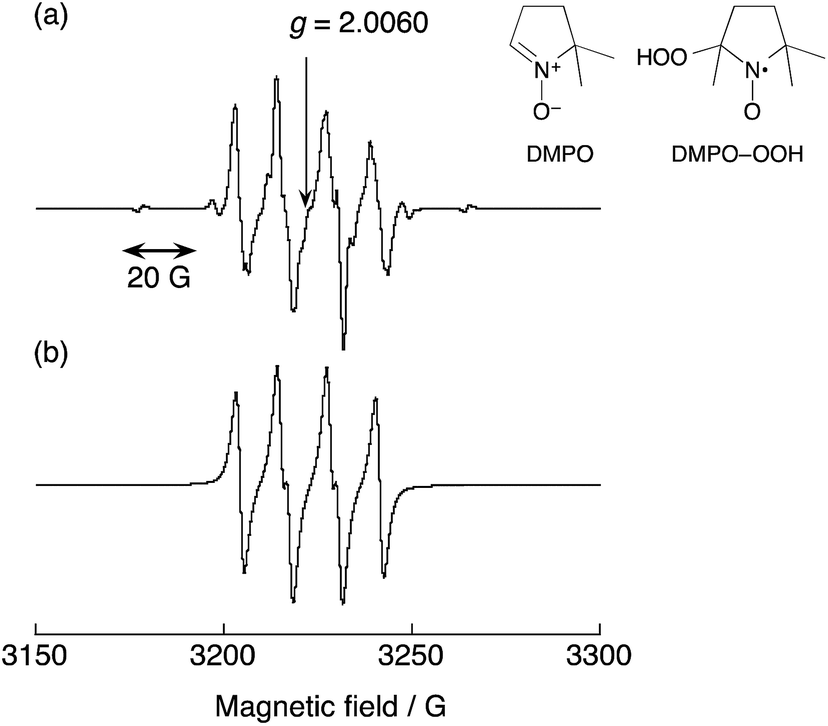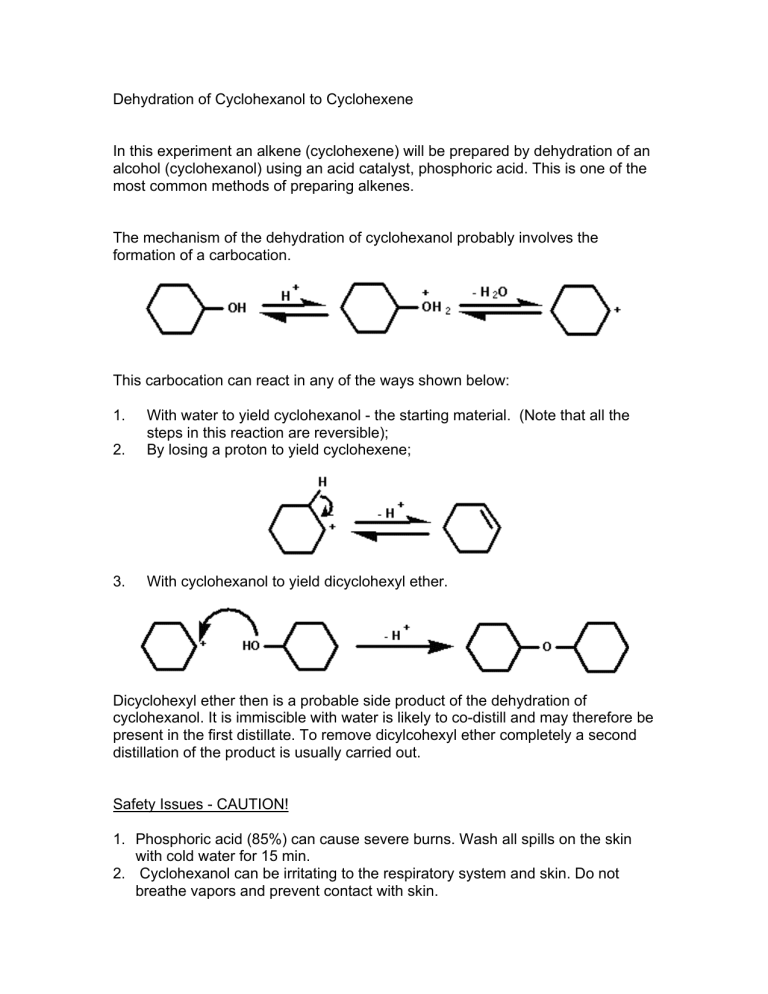

Int J Pharm 344(1–2):128–134īoissiere M, Meadows PJ, Brayner R, Helary C, Livage J, Coradin T (2006) Turning biopolymer particles into hybrid capsules: the example of silica/alginate nanocomposites.

Biotechnol Bioeng 32(5):584–594īoissière M, Allouche J, Chanéac C, Brayner R, Devoisselle J-M, Livage J, Coradin T (2007) Potentialities of silica/alginate nanoparticles as hybrid magnetic carriers. Appl Biochem Biotechnol 67(1):23–31įukushima Y, Okamura K, Imai K, Motai H (1988) A new immobilization technique of whole cells and enzymes with colloidal silica and alginate. Kawakami K, Furukawa S-Y (1997) Alcohol-oxidation activity of whole cells ofpichia postons entrapped in hybrid gels composed of Ca-alginate and organic silicate. Heichal-Segal O, Rappoport S, Braun S (1995) Immobilization in alginate-silicate sol-gel matrix protects β-glucosidase against thermal and chemical denaturation. Nat Protoc 7(9):1677–1693īarbé CJ, Kong L, Finnie KS, Calleja S, Hanna JV, Drabarek E, Cassidy DT, Blackford MG (2008) Sol–gel matrices for controlled release: from macro to nano using emulsion polymerisation. McCarthy SA, Davies G-L, Gun’ko YK (2012) Preparation of multifunctional nanoparticles and their assemblies. Vivero-Escoto JL, Huxford-Phillips RC, Lin W (2012) Silica-based nanoprobes for biomedical imaging and theranostic applications. Jaganathan H, Godin B (2012) Biocompatibility assessment of Si-based nano- and micro-particles. Jain D, Bar-Shalom D (2014) Alginate drug delivery systems: application in context of pharmaceutical and biomedical research. Lee KY, Mooney DJ (2012) Alginate: Properties and biomedical applications. Biotechnol Biotechnol Equip 29(2):205–220īoateng JS, Matthews KH, Stevens HNE, Eccleston GM (2008) Wound healing dressings and drug delivery systems: A review. Mohamad NR, Marzuki NHC, Buang NA, Huyop F, Wahab RA (2015) An overview of technologies for immobilization of enzymes and surface analysis techniques for immobilized enzymes. Royal Society of Health Journal 93(6):309–313 Wylie A (1973) Alginates as food additives. Pawar SN, Edgar KJ (2012) Alginate derivatization: a review of chemistry, properties and applications. Polym Rev 56(1):113–136Ĭoradin T, Livage J (2003) Synthesis and characterization of alginate/silica biocomposites. Singh V, Srivastava P, Singh A, Singh D, Malviya T (2016) Polysaccharide-silica hybrids: design and applications. Shchipunov YA, Karpenko TyY (2004) Hybrid polysaccharide−silica nanocomposites prepared by the sol−gel technique. These results suggest that silica–alginate nanoparticles could be used as pH-responsive drug carriers for controlled drug release.Ĭiriminna R, Sciortino M, Alonzo G, Schrijver Ad, Pagliaro M (2011) From molecules to systems: sol−gel microencapsulation in silica-based materials. Analysis of the release profile suggested that rhodamine B was homogeneously distributed throughout the particle and that the drug diffusivity was 40-fold greater in pH 7.5 buffer compared with that at pH 2.5. In vitro release studies showed that particles incubated in pH 2.5 phosphate buffer released only 7% of the loaded drug in 27 days, while 42% was released in pH 7.5 phosphate buffer over the same period. The potential for drug loading during particle formation was demonstrated using rhodamine B as a model drug. Average particle size was found to decrease with increasing water-to-surfactant molar ratio ( R) and with increasing the concentration of alginate in the aqueous phase. Our studies showed that much of the particle growth is completed within the first 24 h and reaction times up to 120 h only resulted in an additional 5% increase in particle diameter. In our system, cyclohexane served as the bulk oil phase into which aqueous solutions of sodium alginate were dispersed as droplets that confined nanoparticle formation after addition of tetraethylorthosilicate (TEOS). Composite silica–alginate nanoparticles were prepared via silica sol–gel technique using a water-in-oil microemulsion system.


 0 kommentar(er)
0 kommentar(er)
